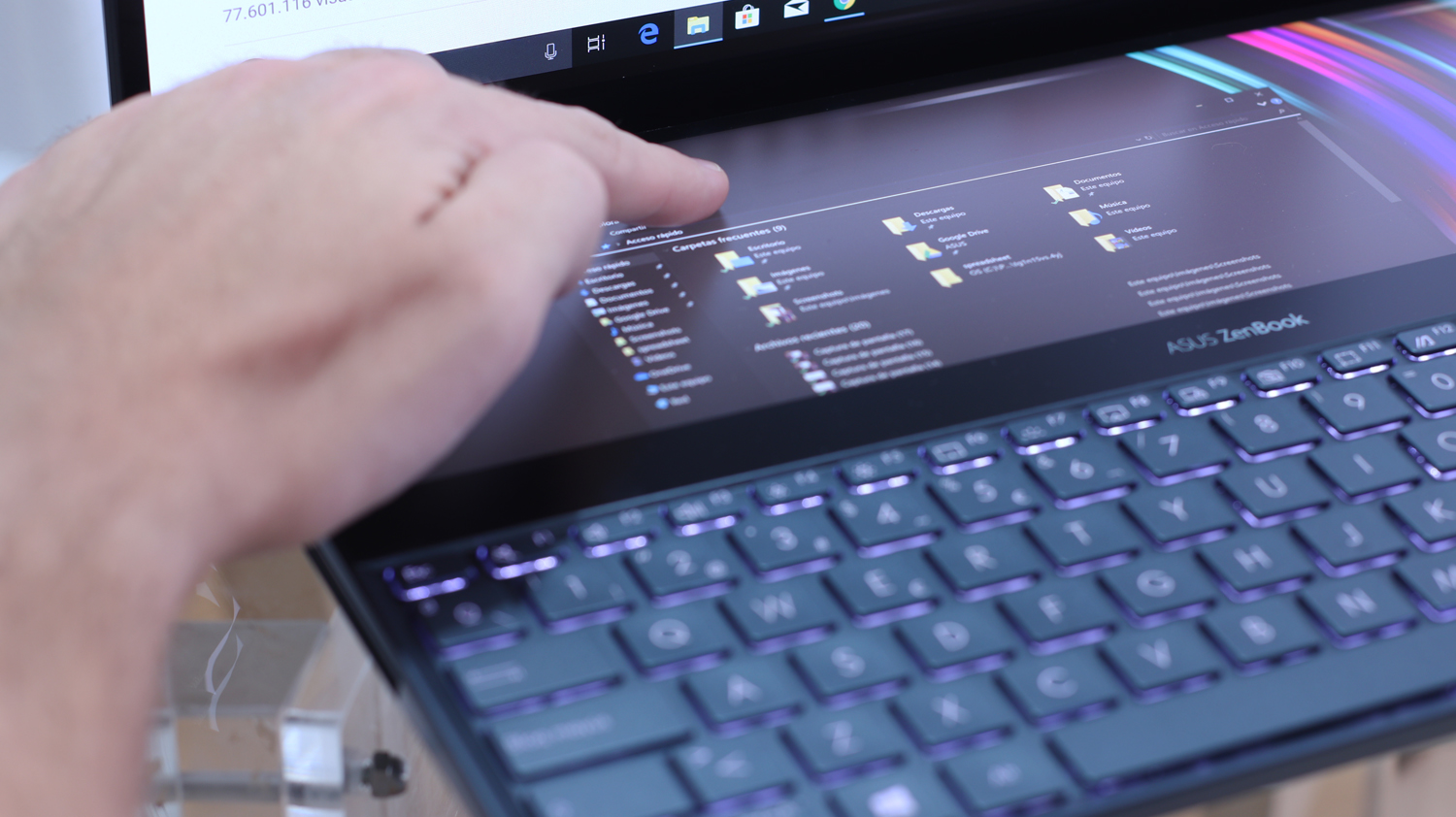New OLED touchscreens will use graphene instead of rare, increasingly rare metals


The lack of rare metals due to international wars between China and the United States is making the technology sector have to transform to take advantage of those materials that are easy to obtain around the world.
Indium is one of the rarest metals on Earth, but it is a key part of today’s electronic devices. Luckily for everyone, engineers have now demonstrated a way to swap indium for graphene to make devices with the same electronic properties.
Indium tin oxide thin films are highly electrically conductive and transparent to light, making them perfect for various display technologies such as LCD, OLED, e-ink, and touch screens, as well as LED lighting and solar cells.
The problem is that indium is not a common metal. Although technically more abundant than gold and silver, indium is rarely found in elemental form in the earth’s crust, so it has to be mined as a by-product of minerals extracted from other metals, usually zinc.
For this reason It appears on the critical commodity lists of Europe, the United States, Australia, and Japan. What makes scientists look for more common alternatives to use in their daily work.
In a new study, researchers from Paragraf and Queen Mary University of London have found a metal that would replace indium without problem: graphene.
Composed of a sheet of carbon just one atom thick, graphene exhibits a number of useful electronic and optical properties, and of course it helps that carbon is one of the most abundant elements on Earth.
The researchers began by depositing a layer of graphene on a transparent substrate, using a technique called chemical deposition of metallic-organic vapors. The graphene was doped with nitric acid to increase its conductivity and then laser etched into a specific pattern to make it an anode.
The team of researchers states that the resulting graphene-based OLED device performs just as well as the older indium tin oxide, something that until now had not been achieved in any way.
Engineers believe that the main problem is that graphene is usually deposited on a metal catalyst by a different deposition method and then transferred to the transparent substrate, and impurities that affect performance can be introduced in this additional step.
Yes, still a few pieces of the puzzle remain to be solved before graphene is the Holy Grail that can become the perfect and cheap substitute for the Indian
Reference-computerhoy.com